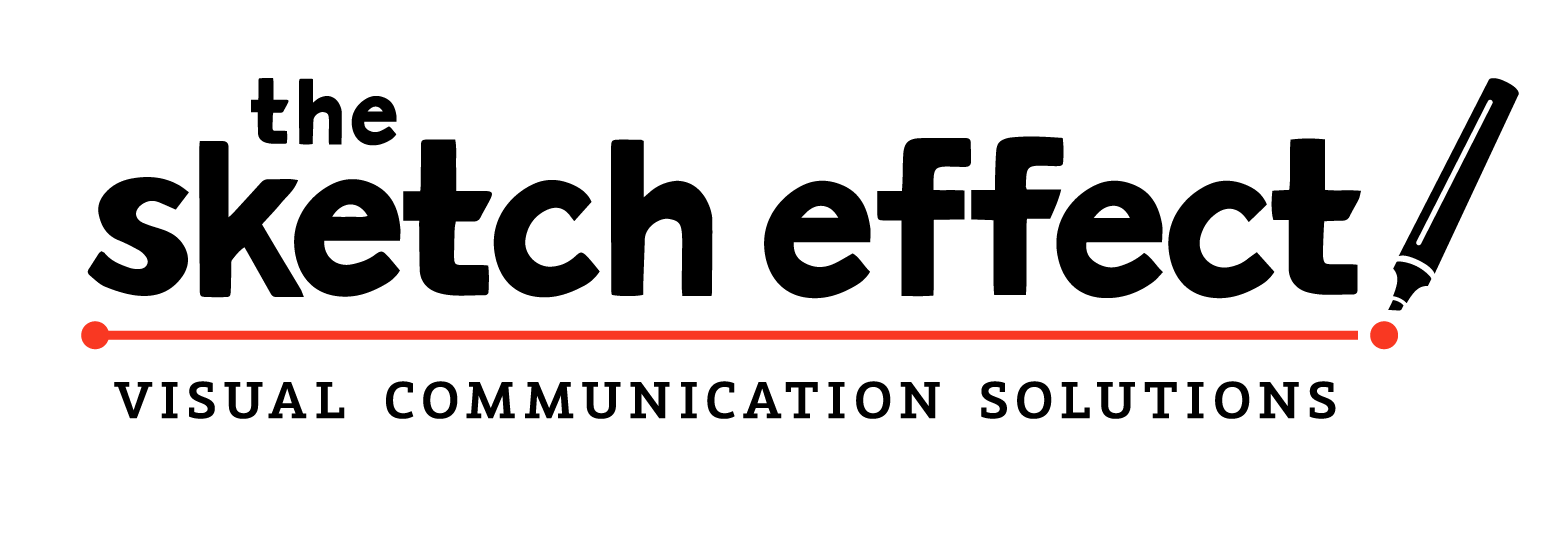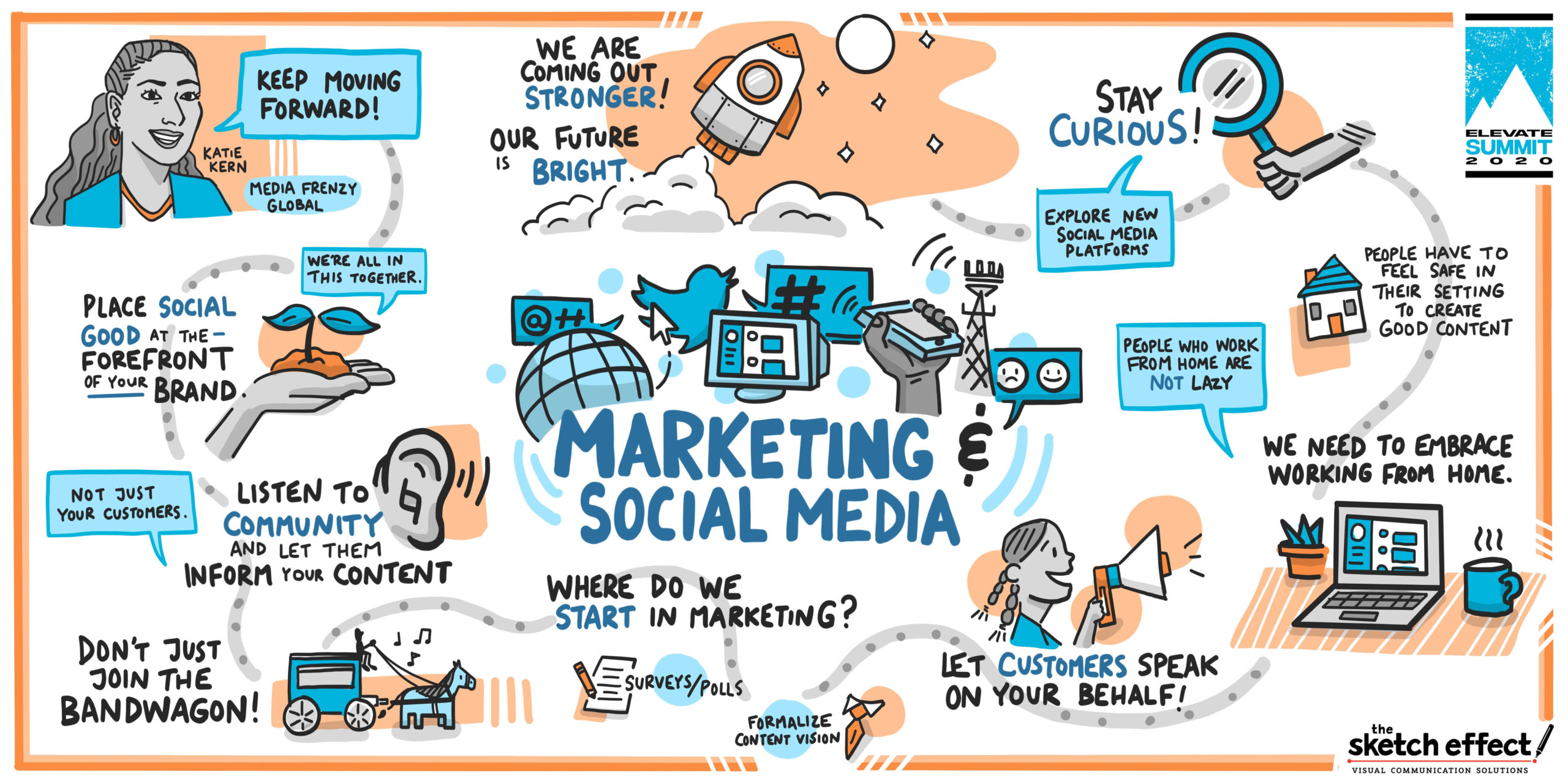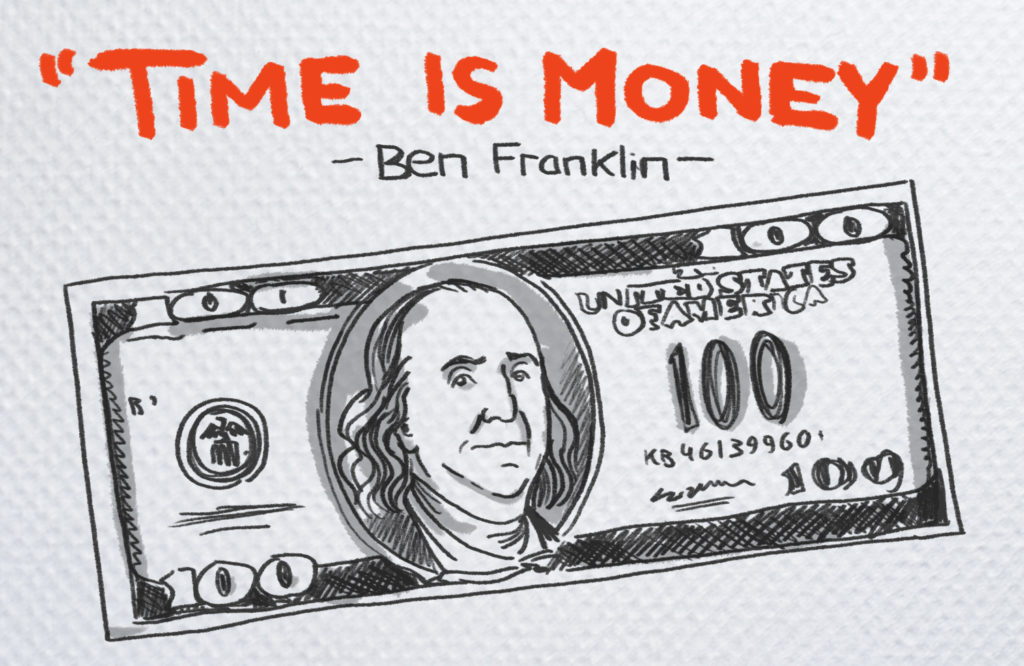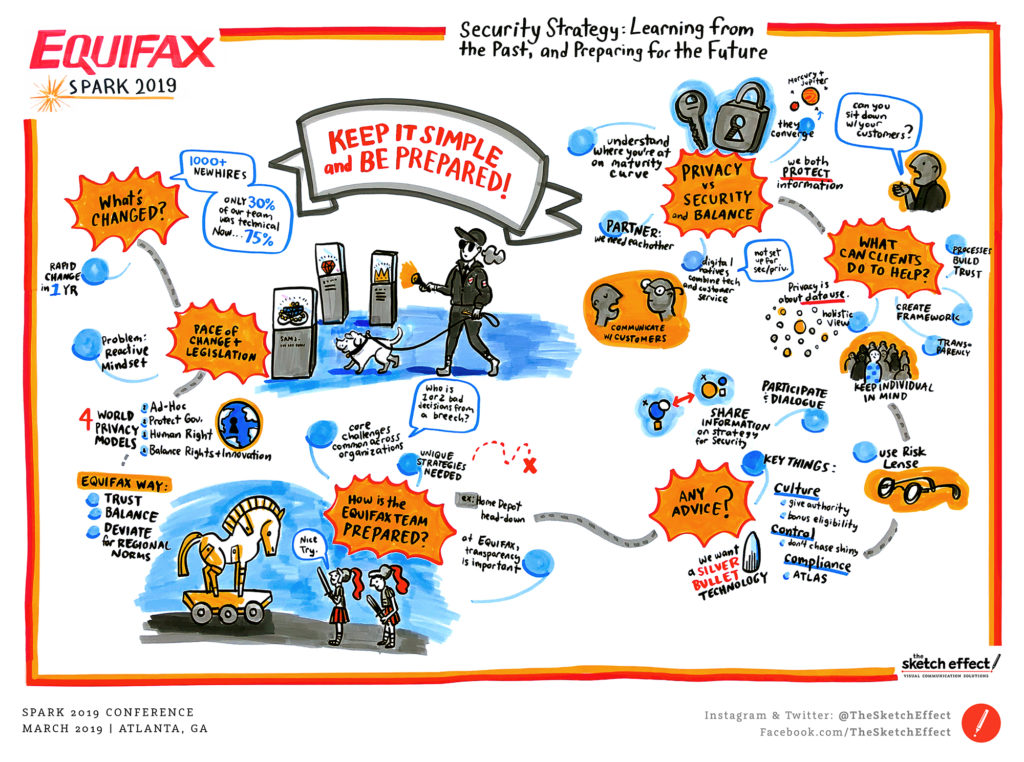Demos are how you show off your product or service to a potential customer, but COVID has caused a lot of challenges.
With virtual meetings on the rise, there is a higher chance that your demo will just become part of all the white noise that currently makes up the bulk of your buyer’s content consumption.
How can you make your product demo stand out?
5 Reasons Graphic Recording is a Must for Product Demonstrations
Create Dynamic Content
To make product demos really stand out, you are going to need to do something unique.
Chuck your boring, word-heavy slide decks and bring in the dynamic illustrations for your explainer video.
You can easily combine the physical product video format with animated graphic recording sections to create the kind of blended product demonstration video people remember.
Moving illustrations are an engaging way to walk your audience through the information without boring them.
If you are able to go out and get those beautiful shots circling your product and capturing all the details—great! Rather than circle back through and use your shots multiple times or switching to stagnant text, you can include illustrations that highlight some of the more data-driven parts of the presentation.
Personalize Your Pitch
In today’s crowded world, do whatever you can to get your potential buyer thinking about how your product is already the right fit for them.
You can include company logos, names, and unique pain points in your video that changes for different prospects. You can use your own company colors in order to help them subconsciously connect your company to the solution.
Personalization can go far beyond including a first name in an email subject line. You can even re-record and edit out these small details for each client without changing the whole presentation. These little details could make all the difference between a good pitch and a powerful pitch.
Trim to Sole Value
It can be tempting to talk a lot about your product and company, but a product demo shouldn’t be a firehose of information—it should be a well-crafted overview that is completely customer-centric. Only touch on the points they truly care about.
There is nothing worse than a demo that drones on with countless slide decks before even getting to the product visuals.
With graphic facilitators on board, you can easily trim the fat from your presentation and a create snappy, informative flow that translates beautifully to the screen recording.
Not only will the unfolding of dynamic illustrations capture the audience’s attention, but your presentation will also be thought out and concise.
Graphic recording creates a live-action flow that is professional and engaging.
Do it Live!
Of course, a pre-recorded demo video means you really boil down all the information to the format, length, and structure you want.
You can always show a pre-created demo video while you are also live with a client, opening up for questions or conversations immediately after.
But, have you considered hiring a live graphic recording artist?
Real-time illustrations can occur as you pitch a big client remotely. The live sketch artist has graphic recording tools that allow them to share their screen with you at any point in the demo.
They can even keep sketching during the question and answer part—including client concerns and answers in their virtual sketch. Afterward, you will have the final screen capture sketch to share with your client.
Clarify Your Demo Angle
During the demo you have three main goals:
- Show you understand client/user objectives
- Identify and solve their pain points
- Illustrate how your product works
When you use a sketch artist to pull out those main points, you can create a tangible map of the big picture presentation for your audience. This will establish a visual hierarchy that defines your demo goals for clarity.
Lead with your killer feature so that it remains in their site throughout the presentation.
Spend more time on the “why” over the “what” or “how.” The demo should be centered around why your solution will solve their pain better than anyone else, not solely focused on what you create or how it works. This is what will set you apart from the competitors.
Don’t think graphic recording is the right fit? Take your product demos to the next level with video animation.











